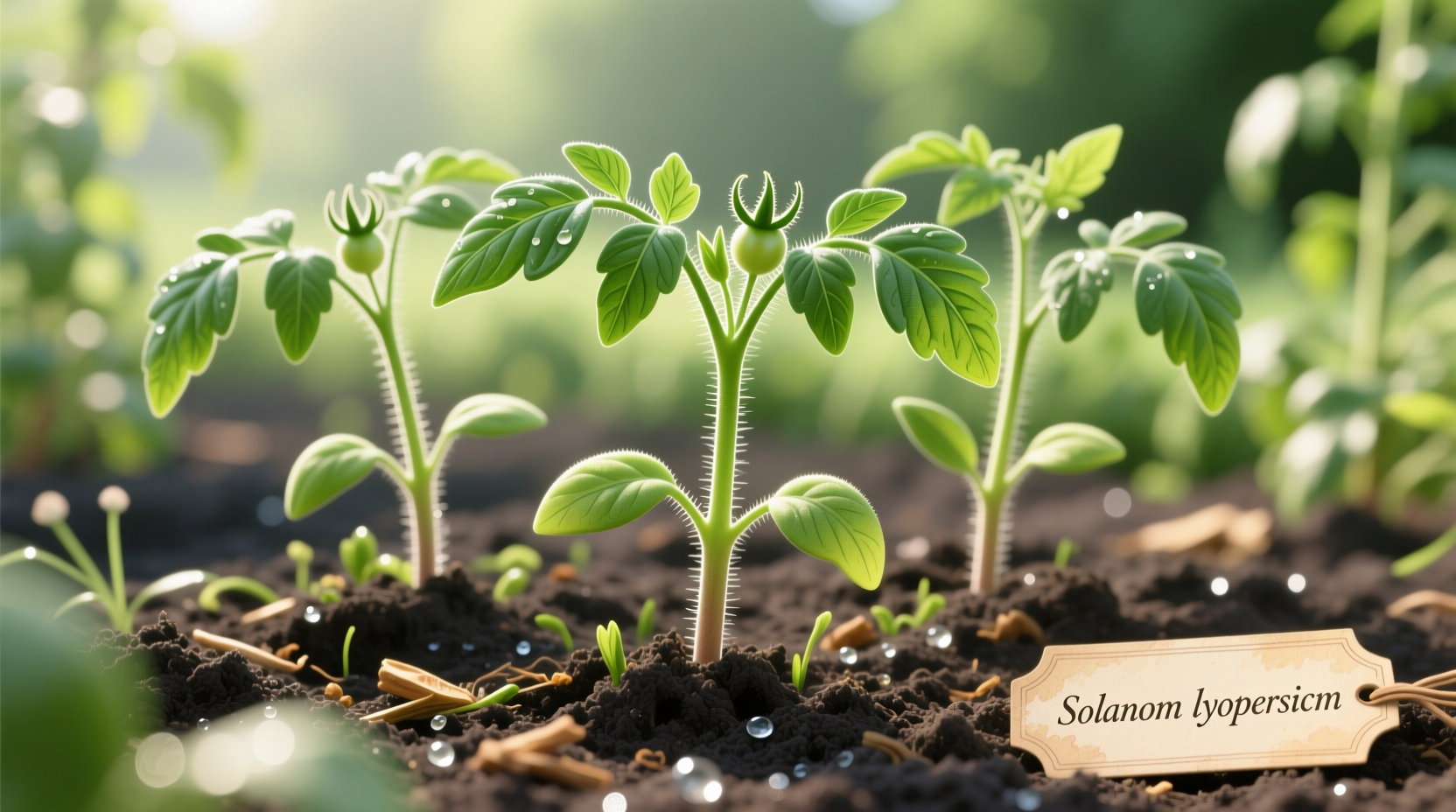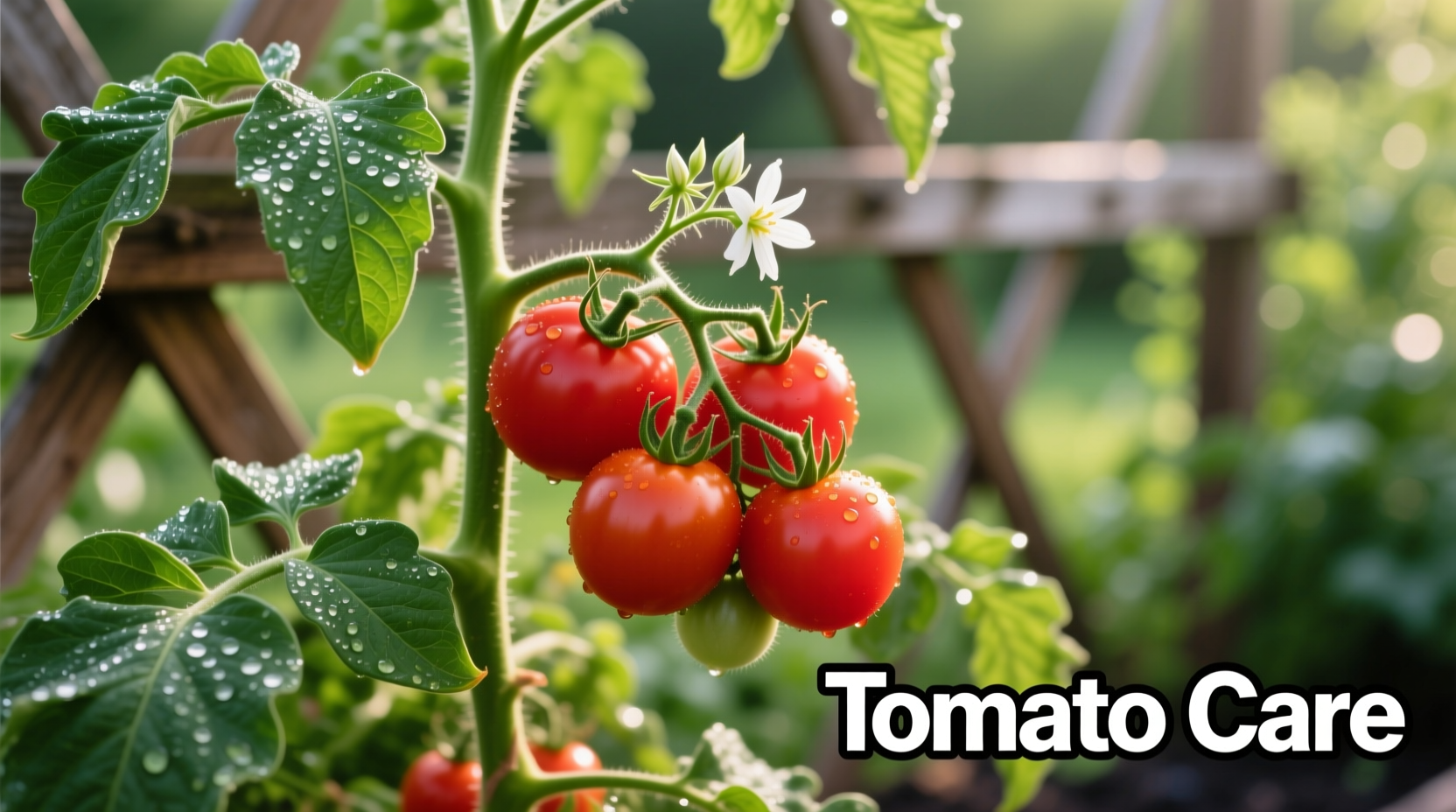Successful tomato care requires consistent watering (1-2 inches weekly), proper fertilization with balanced nutrients, strategic pruning of indeterminate varieties, disease prevention through spacing and mulching, and harvesting at peak color development. Following these evidence-based practices significantly increases yield quality and quantity while reducing common problems like blossom end rot and fungal diseases.
Mastering Tomato Care: Your Season-Long Success Plan
Growing exceptional tomatoes isn't luck—it's science-backed care applied at the right time. Whether you're nurturing your first seedling or optimizing a mature garden, understanding the precise needs at each growth stage transforms average harvests into abundant, flavorful yields. This guide delivers actionable tomato care strategies proven effective across diverse growing conditions.Starting Strong: Foundation for Healthy Tomato Plants
The journey to perfect tomatoes begins before planting. Soil preparation directly impacts your entire season's success. Tomatoes thrive in slightly acidic soil (pH 6.2-6.8) rich in organic matter. Incorporate 3-4 inches of compost into your planting area to improve drainage and nutrient availability.
Watering Wisdom: The Critical Balance for Flavorful Tomatoes
Inconsistent watering causes more tomato problems than any other factor. Your plants need 1-2 inches of water weekly, but the timing and method are crucial:- Deep watering (12-18 inches) 2-3 times weekly beats daily shallow watering
- Morning irrigation prevents fungal diseases that develop in evening moisture
- Drip systems outperform overhead watering by keeping foliage dry
| Growth Stage | Water Needs | Signs of Trouble |
|---|---|---|
| Transplanting | 1-1.5 inches daily for first week | Wilting despite moist soil = root shock |
| Flowering | 1.5 inches every 4-5 days | Blossom drop = inconsistent moisture |
| Fruit Development | 2 inches weekly, consistent schedule | Blossom end rot = calcium deficiency from irregular watering |
Nutrition Strategy: Fertilizing for Maximum Flavor
Tomatoes are heavy feeders but respond poorly to improper fertilization. Follow this science-backed approach:- Pre-planting: Mix balanced organic fertilizer (5-5-5) into soil
- First flowering: Apply potassium-rich fertilizer (0-5-5) to boost fruit development
- Mid-season: Side-dress with calcium source to prevent blossom end rot
Pruning and Support: Essential Techniques for Healthy Plants
Proper pruning differs dramatically between determinate and indeterminate varieties. For indeterminate types (most common garden varieties):- Remove suckers (side shoots) when 2-4 inches long
- Limit to 2-3 main stems for optimal energy distribution
- Prune lower leaves touching soil to prevent disease spread
- Cages: Best for determinate varieties, require minimal maintenance
- String trellising: Most space-efficient for indeterminate varieties
- Florida weave: Ideal for multiple plants in rows, provides strong support
Pest and Disease Defense: Prevention First Approach
The most effective tomato care prioritizes prevention over treatment. Implement these evidence-based strategies:- Rotation: Never plant tomatoes in the same spot more than once every 3 years
- Spacing: Maintain 24-36 inches between plants for air circulation
- Mulching: Use red plastic mulch to increase yield by 20% (Ohio State research)
- Companion planting: Basil and marigolds repel common pests naturally
Harvesting at Peak: Timing for Best Flavor and Shelf Life
Most gardeners harvest too early or too late. For peak flavor and storage potential:- Harvest when 80-90% of the fruit shows mature color
- Look for slight softness when gently squeezed
- Cut stems with 1-2 inches of stem attached
- Never refrigerate fresh tomatoes—they lose flavor compounds below 55°F
Tomato Care Through the Seasons: Regional Adaptations
Successful tomato care requires adjustments based on your climate zone:- Cool climates: Use black plastic mulch to warm soil, choose early varieties
- Hot climates: Provide afternoon shade, increase watering frequency
- Humid regions: Prioritize disease-resistant varieties, improve air circulation
- Arid zones: Implement drip irrigation, use shade cloth during peak heat











 浙公网安备
33010002000092号
浙公网安备
33010002000092号 浙B2-20120091-4
浙B2-20120091-4